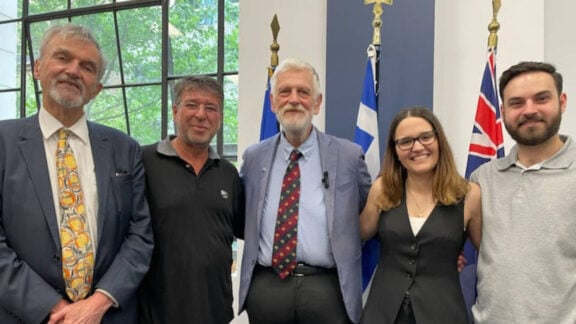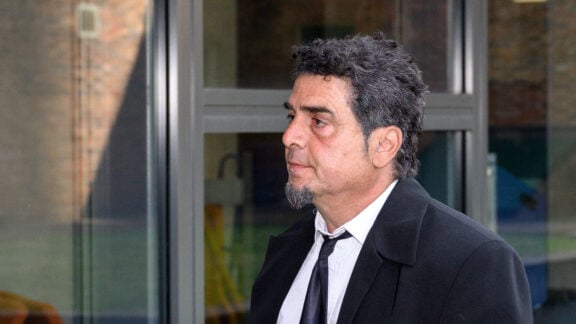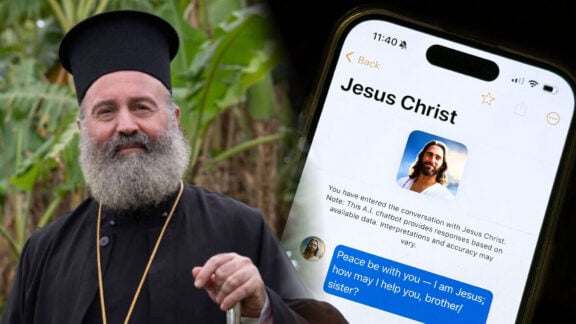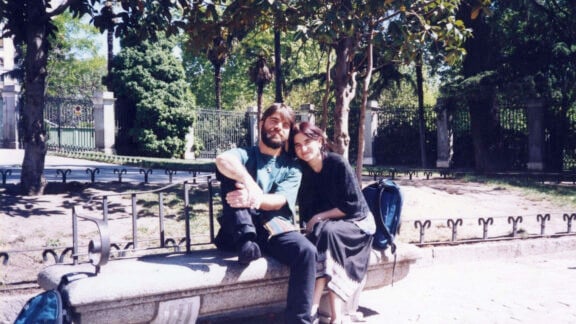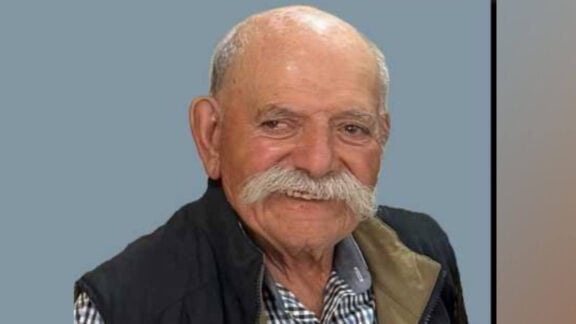Darryn Lyons, the new Greater Geelong mayor who has been elected directly by the citizens of Victoria’s second largest city, managed to attract almost 30 per cent of the popular vote last week, or more than 38,400 votes. The new mayor was described in The Age as colourful, and in other media outlets as a flamboyant entrepreneur, a celebrity, a former paparazzo and a current night-life business associate of other ‘colourful’ individuals in the adult entertainment industry.
On September 7, 2013 another colourful identity of Australia, billionaire Clive Palmer, managed to attract in the federal elections almost 5.5 per cent of the popular vote in the House of Representatives and a slightly lower percentage in the Senate. These numbers translate into 709,000 and 659,000 votes respectively.
Twenty years ago, in 1993, when the traditional ruling parties in Italy were collapsing under the weight of scandals, ultra-rich Silvio Berlusconi formed his new party, Forza Italia, and won almost 23 per cent of the popular vote, by fielding as candidates throughout Italy employees of his own companies. Twenty years later in Italy, the Berlusconi hegemony might have ended formally, but his presence and his political legacy are still alive. His party, under a different name and alliance, is still a political force to be reckoned with, while his political culture is also represented these days by the populist media and political personality Beppe Grillo.
In the mayoral election of crisis-hit Geelong, the local establishment had rallied behind Ken Jarvis who came third, winning 11.9 per cent of the popular vote.
Not many people outside Geelong know how or why Darryn Lyons won the election. On a Neil Mitchell interview on 3AW he was heard talking about the need to beautify the CBD of his city, his vision to make Geelong the most liveable regional city in Australia without elaborating how, the need to reduce expensive parking, and his aim to change the culture of the city by working closely with his councillors. The media reports have concentrated on his flamboyancy, or on his drug and drinking history.
Most of the media responded in the case of Darryn Lyons the same way they responded with the candidacy of Clive Palmer. Again, in the case of Palmer, most attention was drawn on his extraordinary remarks about the ex-wife of Rupert Murdoch being a Chinese spy, or on his aim to build a replica of the Titanic.
In Italy, Beppe Grillo most recently and Silvio Berlusconi in the more distant past were treated by establishment media, analysts and political opponents similarly. As funny aberrations that would not last in time.
Not many analysts and commentators bothered to state the obvious. That what the success of Lyons in Geelong, Palmer in the federal elections and Grillo and Berlusconi in Italy show is the great dichotomy, the great divide that now exists between the ruling elites of the west and a substantial segment of what we call wider society.
This divide is not just between a wider, substantial section of the community and the political process or politicians. This great demarcation line has the ‘ordinary’ people on one side and the entire ruling western elites on the other. Yet only the political process, democracy, and the politicians are denounced and used as scapegoats by other members of the ruling elites of the West, such as business people or academics, in order to hide their own responsibilities for the widening and dangerous in the end gap, between those who govern and those who are governed.
However, this is a short sighted approach that might not manifest its limitations, as long as relative affluence exists in western societies such as Australia, or Italy, but… if a crisis is to acquire the characteristics that it has in Greece for example (economic, social, ideological, cultural), then Golden Dawn might not be just a Greek phenomenon.
Advertisement
Letter from Geelong
If a crisis is to acquire the characteristics that it has in Greece for example, then Golden Dawn might not be just a Greek phenomenon

Australian paparazzo, media personality and entrepreneur Darryn Lyons. (AAP Image/Joe Castro)
